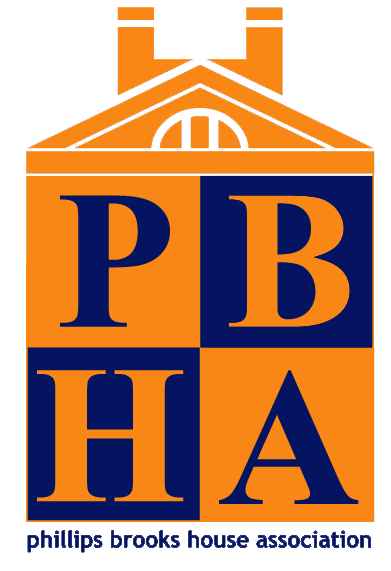Story #91: Clifford Greene and the Power of Theater and Community in Cambridge
Clifford Greene ‘73’s journey with the PBHA began in 1970 when he volunteered with the Longfellow Community School as a Harvard College student. Although not a direct PBHA program, Greene found the after-school on PBHA’s public service bulletin board, and PBHA proudly supported the program by housing it. At the time, the neighborhood around Broadway was undergoing changes, and many teenagers in the area were seeking constructive ways to engage with each other. Recognizing the need for a positive outlet, Greene joined the program, inspired by the opportunity to contribute to the community. The program connected Greene and other Harvard volunteers with students at the school with the broad goal to spend meaningful time together. The volunteers quickly discovered that the participants were eager to showcase their talents without getting into trouble, which sparked an unexpected passion for theater among them.
Clifford Greene (far left) with You’re a Good Man, Charlie Brown cast and music director.
Photo from May, 1970.
Despite having no individual background in the arts, Greene proposed putting on a production of You’re a Good Man, Charlie Brown. With the help of fellow volunteers, including talented Harvard students and musicians, the production took shape, transforming the lives of those involved. The youth, aged 13 to 17, embraced the experience, learning valuable skills such as teamwork and self-expression. As they transitioned from initial rehearsals to dress rehearsals, Greene witnessed firsthand the joy and pride these young performers felt when they took the stage—a moment of transformation that resonated deeply with him.
You’re a Good Man, Charlie Brown cast
Photo from May, 1970.
Over the following years, the theater program flourished. Clifford continued to engage with the community, facilitating productions like Peter Pan, where older teens took on the roles of pirates with remarkable skill. The collaboration with local schools and churches not only provided performance venues but also created a sense of belonging among the participants.
Clifford Greene with Peter Pan participants
Photo from summer of 1970.
A pivotal moment came during the rehearsal for one of the shows—Redbeard—when a talented student director from Boston University joined the team. Greene was smitten by her passion and warmth, and he nervously asked her out on a "non-professional basis" after a rehearsal. Their connection blossomed over coffee at a local café, leading to a lifelong partnership. They married in 1973 and have since built a family, cherishing the love that began in the vibrant environment of the theater program.
This is the program for Redbeard 1971—the show for which Greene and his wife-to-be, Kim, met during rehearsal.
The sense of community fostered by the program left a lasting impression on Greene. He recalls how the kids, some of whom faced complicated challenges, found a safe haven in the program. The positive atmosphere encouraged them to explore their creativity and develop confidence, showcasing the transformative power of the arts. As for Greene, he found a space that encouraged empathy, leadership, and collaboration—qualities that would shape his future endeavors.
Even after graduating and embarking on a successful career as a lawyer, Greene remained devoted to community engagement. He understood the vital role that the arts play in providing youth with opportunities for self-expression and the development of essential life skills. Eventually, his own children grew up to pursue remarkable careers in the arts! His experiences cultivated a profound appreciation for the arts as a means of fostering connections and understanding among diverse communities. The law firm he later founded was committed to creating pathways for talented individuals from various backgrounds to thrive.
Today, Greene reflects on his time at PBHA with a sense of nostalgia and gratitude. Through his story, Greene emphasizes the importance of creative opportunities for youth and the enduring bonds formed through shared passions, illustrating how the arts can transform lives and strengthen community ties. His journey exemplifies the significant impact that programs like those at the Longfellow Community School can have on youth with diverse talents, providing them with an outlet to connect, build community, and express themselves.
Finally, Greene hopes to reunite with former participants and volunteers to reminisce about their experiences and journeys and to celebrate the lasting legacy of the theater program. If you were a former participant, please submit this form to be connected with Greene.
“Where it all began”
Clifford Greene (right) with his wife, Kim (left), in front of the Longfellow Community School.





